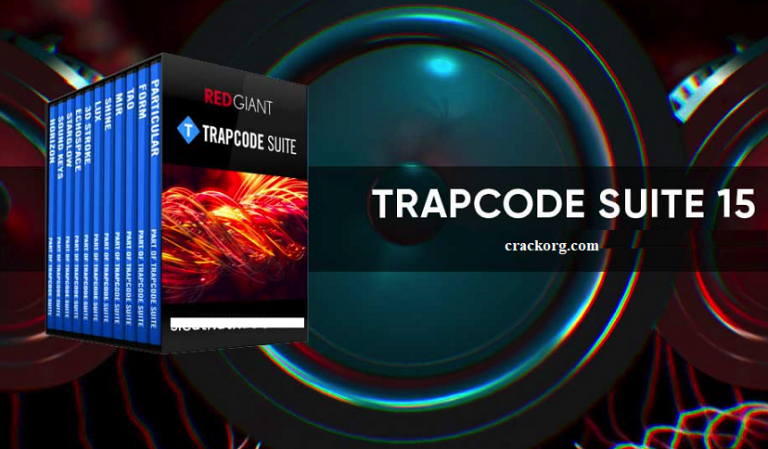

From there you can designate emitter type, motion, particle type, particle shadowing, particle color and dispersion types, as well as add multiple instances of emitters, adjust physics and much more. Apply the Particular plugin to a new solid object and open up the Particular Designer in Effect Controls. While it isn’t necessarily easy, if you have a slightly above-beginner amount of After Effects knowledge you will be able to do this. Basically, two emitters crashing into each other in a viscus-like fluid, then interacting. When I was using Particular 4, I simply wanted to recreate the Dynamic Fluid interaction I had seen in one of their promos.

With a little research and tutorial watching, you will be up and rendering within 30 minutes. This is where Particular 4 really pays for itself. While I love to work in After Effects, I don’t always have eight hours to make a fluidly dynamic particle system bounce off 3D text, or have two systems interact with each other for a text reveal. What’s even more impressive is that with the Particular Designer and over 335 presets, you don’t need a master’s degree to make impressive motion graphics. Dynamic Fluids essentially allows particle systems that have the fluid-physics engine enabled to interact with one another as well as create mind-blowing liquid-like simulations inside of After Effects. Trapcode Suite 15 and, in particular (all the pun intended), Particular 4, have evolved to another level with the latest update to include Dynamic Fluids. As I alluded to, After Effects isn’t technically a 3D app, but with plugins like Particular you can create pseudo-3D particle systems that can affect and be affected by different particle emitters in your scenes. The biggest differences between using a true 3D app like Maxon’s Cinema 4D or Autodesk Maya and Adobe After Effects (besides being pseudo 3D) are features like true raytraced rendering and interacting particle systems with fluid dynamics. The bread and butter of the Trapcode Suite has always been Particular, and Version 4 continues to be a powerhouse. I won’t be covering each plugin in this review but you can check out what each individual plugin does on the Red Giant’s website. Trapcode Suite 15 is keeping tools like 3D Stroke, Shine, Starglow, Sound Keys, Lux, Tao, Echospace and Horizon while significantly updating Particular, Form and Mir. And Red Giant didn’t disappoint with Trapcode Suite 15.Įvery year Red Giant adds more amazing features to its already amazing particle generator and emitter toolset, Trapcode Suite, and this year is no different. We are now comfortably into 2019 and enjoying the Chinese Year of the Pig - or at least I am! So readers, you might remember that with each new year comes a Red Giant Trapcode Suite update.


 0 kommentar(er)
0 kommentar(er)
